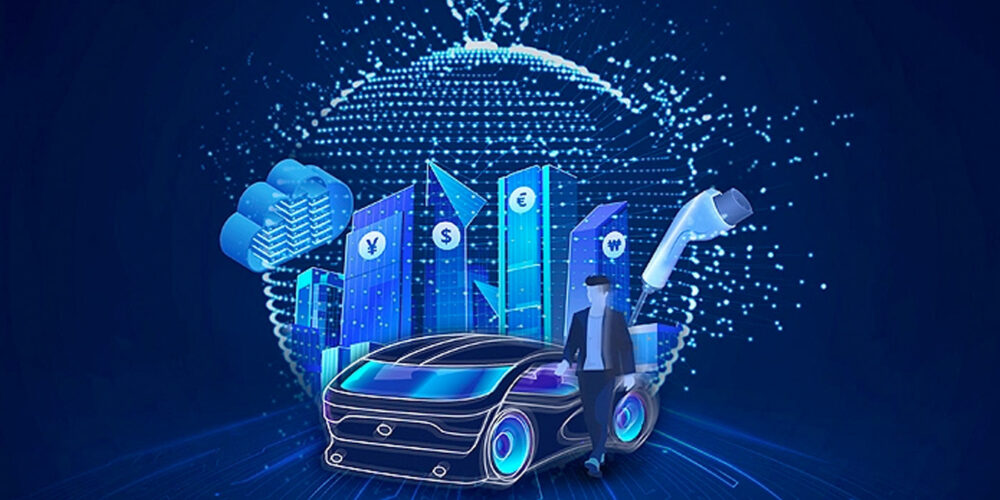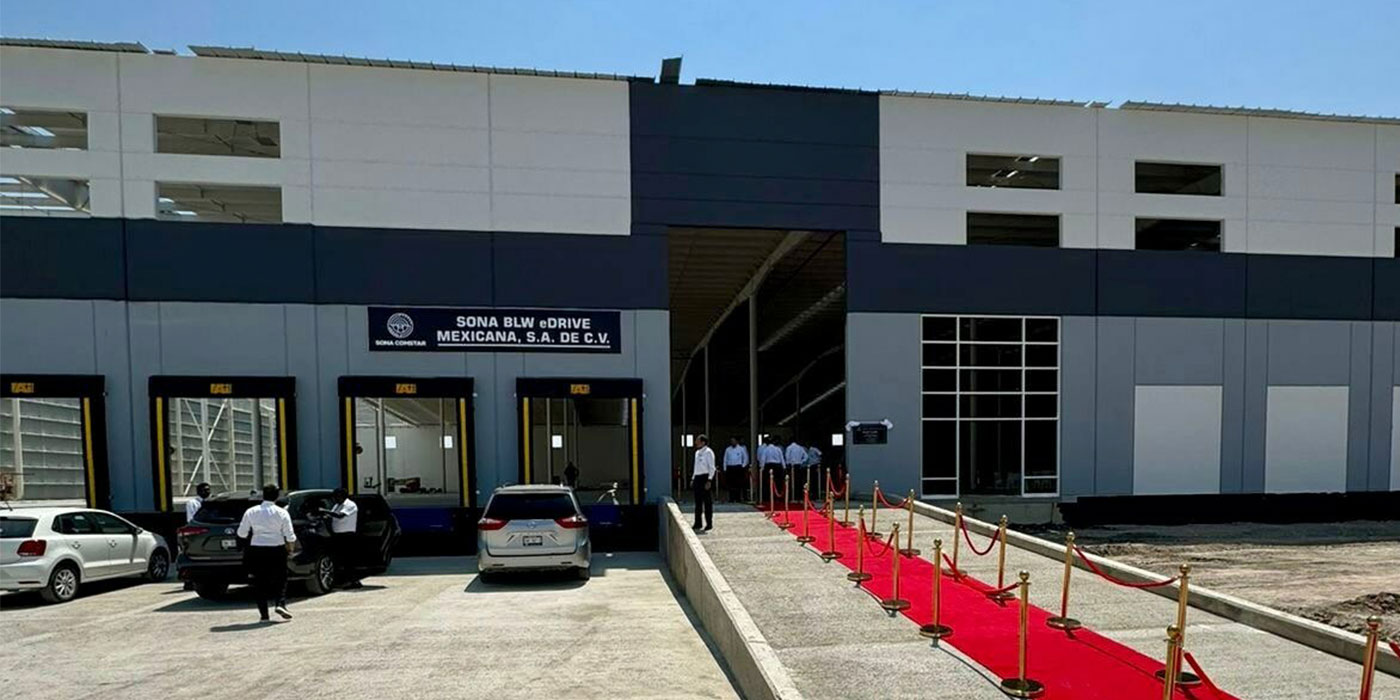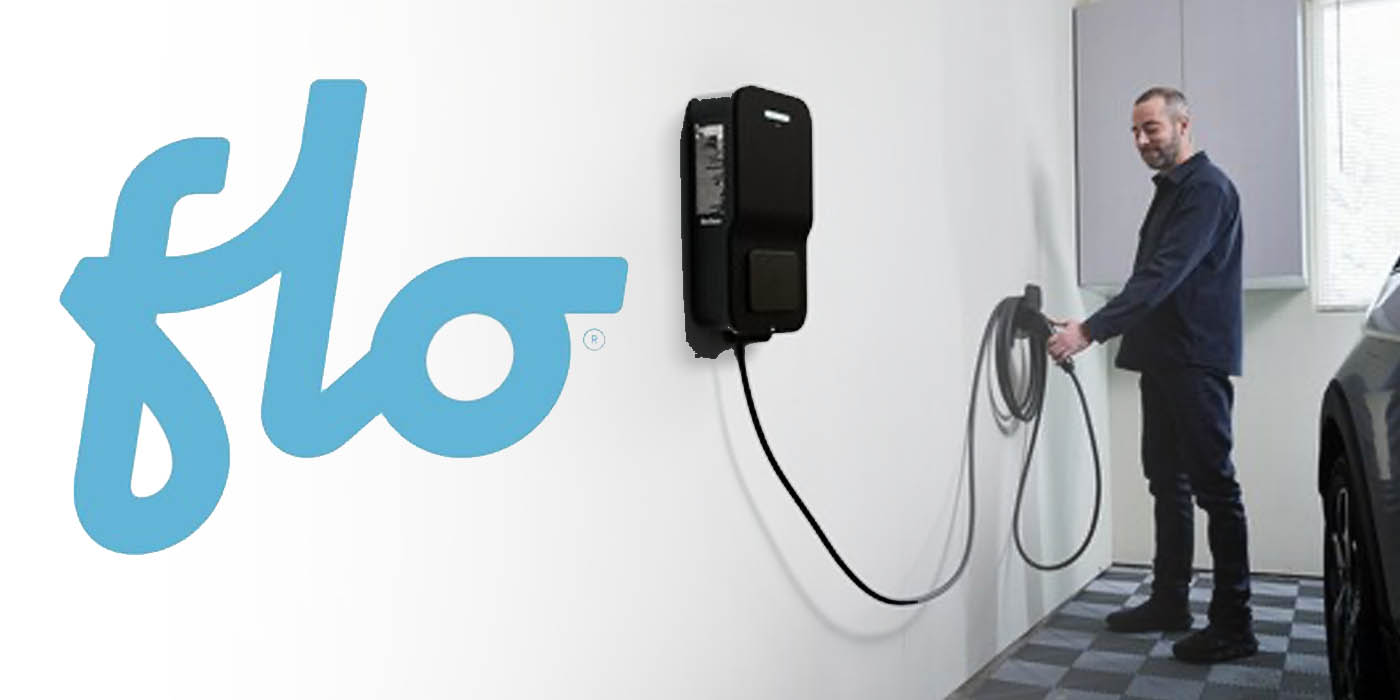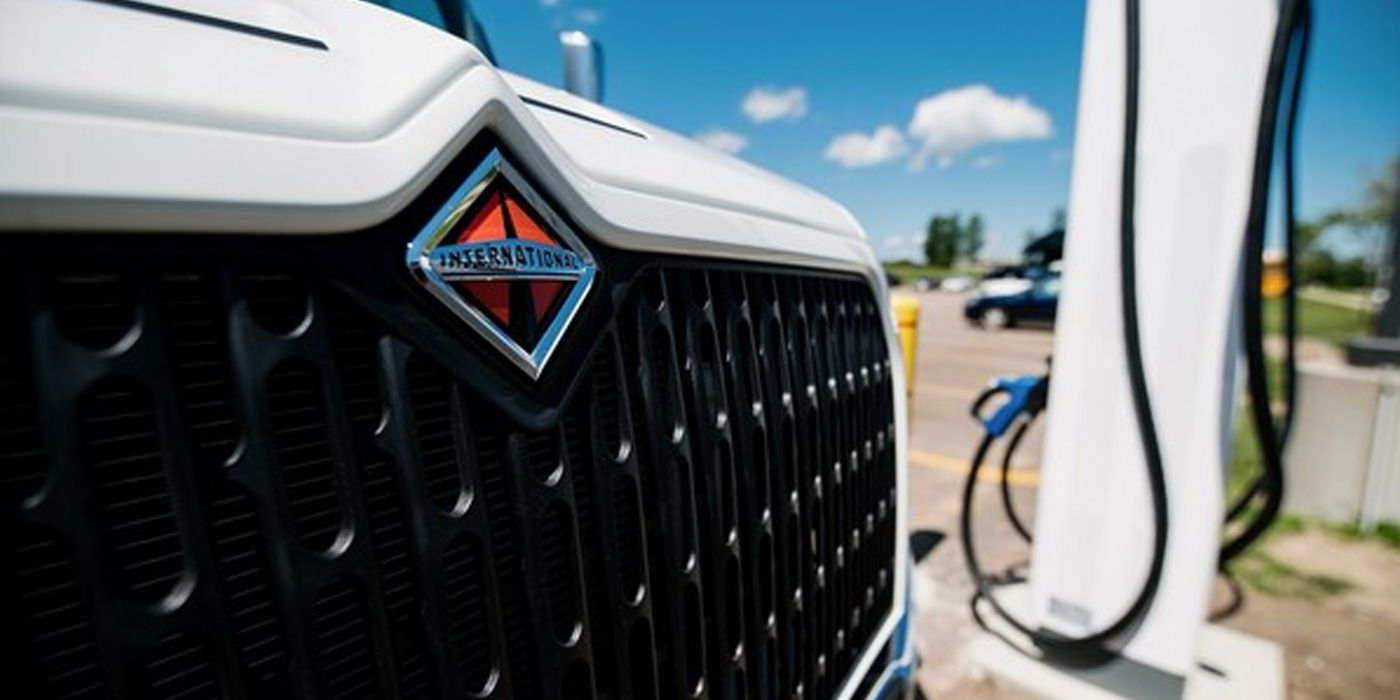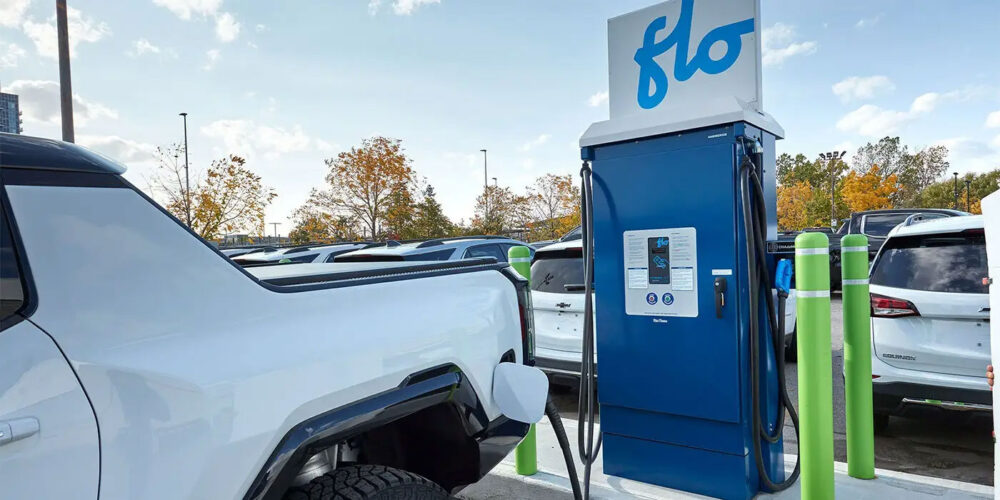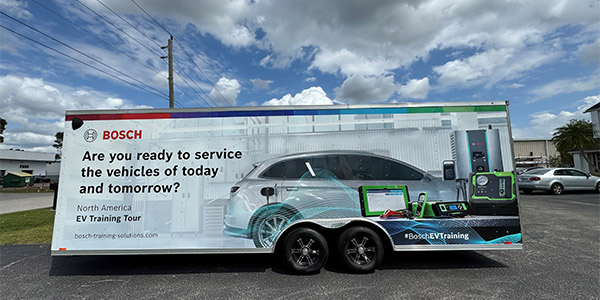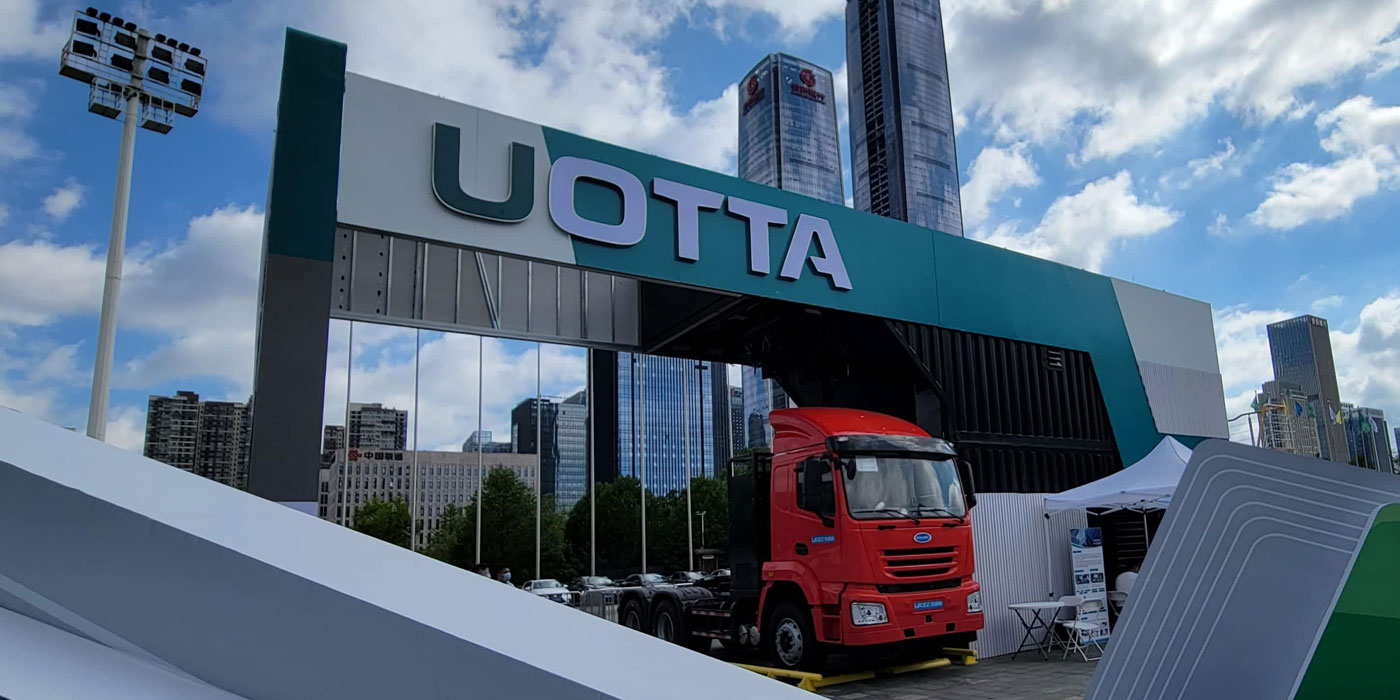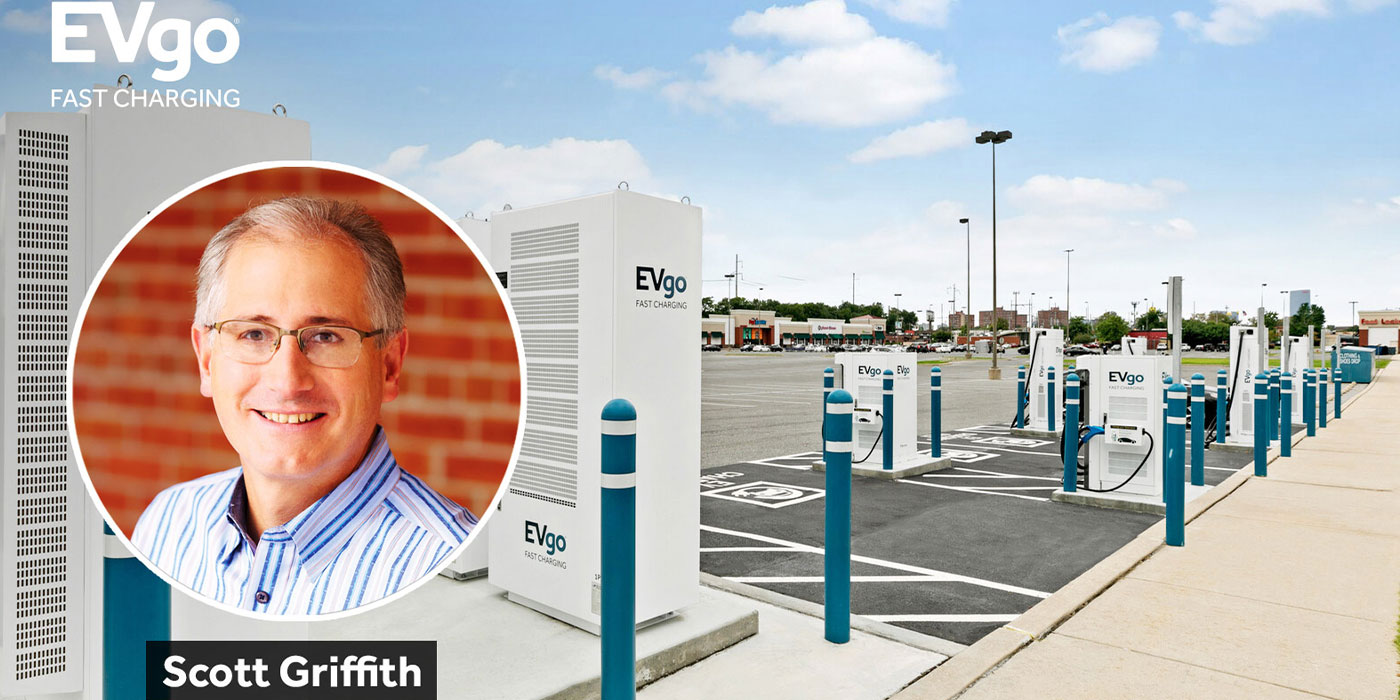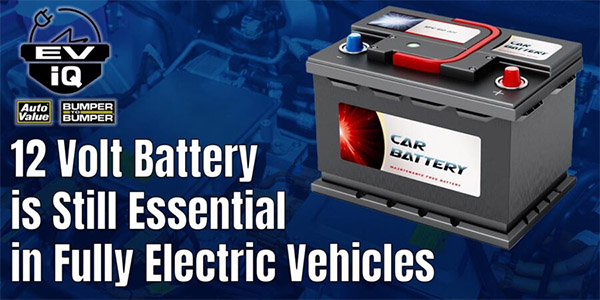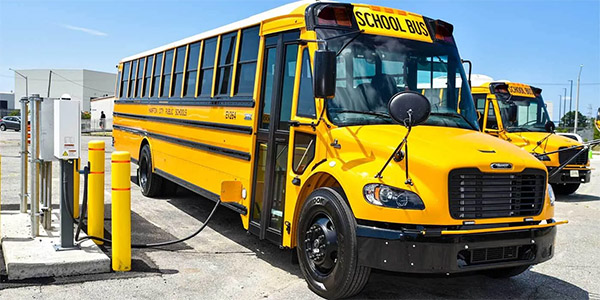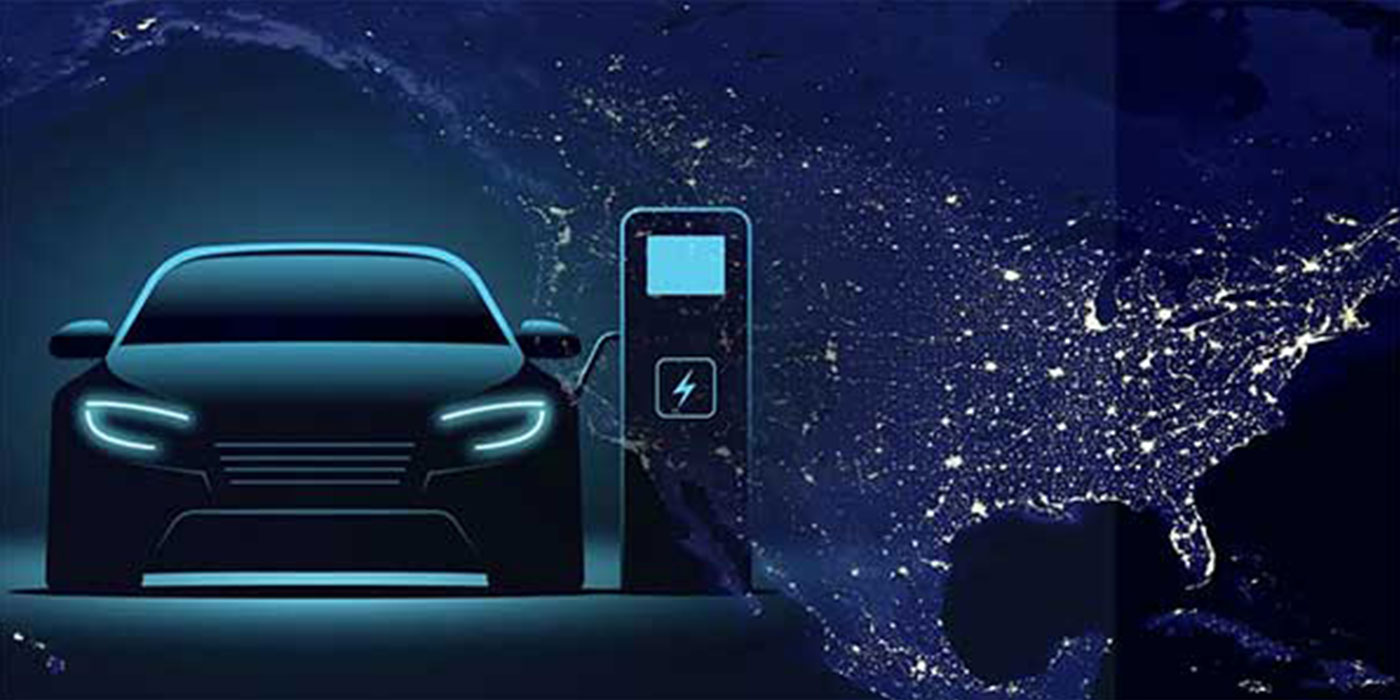Michigan State University (MSU) is joining the Michigan Economic Development Corporation’s new Talent Action Team, a public-private partnership, to recruit electric vehicle and mobility talent to Michigan.
The plan is to spur Michigan’s EV and mobility talent attraction push with scholarships of up to $10,000 to as many as 350 top tech students at participating universities if they sign a letter of employment with one of the approved companies and commit to staying on the job for 12 months in the Great Lakes state. These new hires would help fill the participating Michigan employers’ annual demand for 500-600 electrical engineers and software developers.
“We’re ready to build on our proud legacy and automotive heritage here in Michigan to usher in a greener, more sustainable and electrified future in 2023 and beyond. The Michigander EV Scholars program and our historic talent attraction campaign will help get us there and ensure our state continues to keep our foot on the accelerator driving the future of mobility and electrification,” said Michigan Lt. Gov. Garlin Gilchrist II.
Along with MSU, other higher education partners include the University of Michigan, Michigan Technological University, Ferris State University, Macomb Community College and Schoolcraft College in addition to Michigan Works! agencies across the state.
MSU College of Engineering Dean Leo Kempel said mobility initiatives are a perfect way to blend the hands-on activities and theoretical knowledge that showcase a Spartan engineering education.
“We reshape our programs as the marketplace changes,” Kempel said. “We do that through a strong career center with its long list of internship and co-op experiences. We also take our mission to help foster economic development very seriously. We’re proud to educate the engineering talent that stays in Michigan and the Midwest. It’s a key reason why industry partners are so keen to access our highly skilled students.”
The MEDC’s Talent Action Team will monitor the volume of submissions to the Michigander EV Scholars program to ensure the scholarship pool payments don’t exceed available funding. The scholarships will be distributed over the course of the spring, summer and fall semesters as participating students receive offers aligned with the employers’ timelines for extending offers and onboarding new staff. In addition, the TAT will provide networking opportunities directly with industry leaders via its relevant employers.
The process for applying for Michigan’s EV and mobility incentive bonus will vary by campus, and applicants should check with their respective school’s program administrator for more details.
Students can apply for Michigan’s EV/mobility recruitment incentive by completing an online questionnaire.
“The United States is at the cusp of another automotive revolution and this time the state of Michigan and Michigan State University will be at its epicenter,” Kempel said. “MSU is proud to be a place where we are preparing the world’s next generation of thinkers and doers — leaders who will help our state maintain and further its mobility prowess.”

